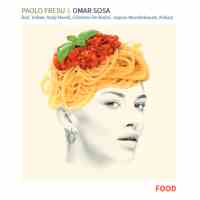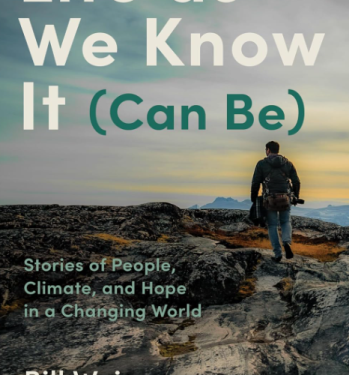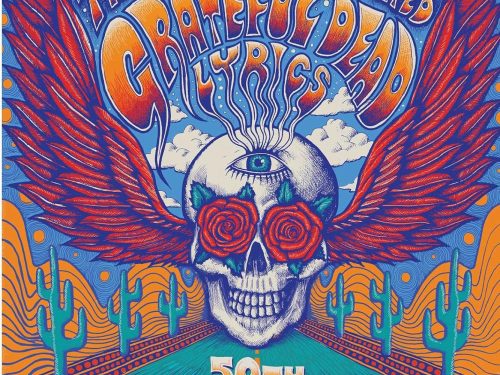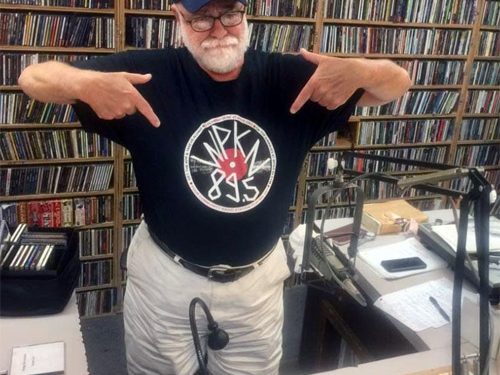|
-

-

Salvant’s ability to sing in multiple languages is, in part, due to her being the child of a French mother and Haitian father. She began classical piano studies at 5, sang in a children’s choir at 8, and started classical voice lessons as a teenager. She emerged with a vocal range and talent that one might expect from a performer with significantly more life experience. Yet this old soul, who generally surrounds herself with performers in their 30s, brings a layered depth to her music that comes from historical research and an ability to unearth forgotten songs and make them her own. The story of Mélusine has a common theme of imagining women as witches, mermaids and other transformative creatures from Greek mythology. It conjures a European folklore legend sung in French, Occitan and Haitian Creole, with her own compositions, and selections dating from the 12th Century. She uses these songs and stories in part to convey a character she often plays in her work - an intelligent coquette who is more interested in playing with men’s affection than seeking it out. - Lisa Sahulka -
 Award-winning journalist and CNN chief climate correspondent Bill Weir draws on his years of immersive travel and reporting to share the best ideas and stories of hope and positivity from the people and communities around the world who are thriving in the wake of climate change, and what we can learn from them to build a more promising future.
Award-winning journalist and CNN chief climate correspondent Bill Weir draws on his years of immersive travel and reporting to share the best ideas and stories of hope and positivity from the people and communities around the world who are thriving in the wake of climate change, and what we can learn from them to build a more promising future. -
 The Complete Annotated Grateful Dead Lyrics is an authoritative text, providing standard versions of all the original songs you thought you knew forwards and backwards. These are some of the best-loved songs in the modern American songbook. They are hummed and spoken among thousands as counterculture code and recorded by musicians of all stripes for their inimitable singability and obscure accessibility. How do they do all this? To provide a context for this formidable body of work, of which his part is primary, Robert Hunter has written a foreword that goes to the heart of the matter. And the annotations on sources provide a gloss on the lyrics, which goes to the roots of Western culture as they are incorporated into them. An avid Grateful Dead concertgoer for more than two decades, David Dodd is a librarian who brings to the work a detective’s love of following a clue as far as it will take him. Including essays by Dead lyricists Robert Hunter and John Perry and Jim Carpenter’s original illustrations, whimsical elements in the lyrics are brought to light, showcasing the American legend that is present in so many songs. A gorgeous keepsake edition of the Dead’s official annotated lyrics, The Complete Annotated Grateful Dead Lyrics is an absolute must-have for the fiftieth anniversary—you won’t think of this cultural icon the same way again. In fact, founding band member Bob Weir said: “This book is great. Now I’ll never have to explain myself.”
The Complete Annotated Grateful Dead Lyrics is an authoritative text, providing standard versions of all the original songs you thought you knew forwards and backwards. These are some of the best-loved songs in the modern American songbook. They are hummed and spoken among thousands as counterculture code and recorded by musicians of all stripes for their inimitable singability and obscure accessibility. How do they do all this? To provide a context for this formidable body of work, of which his part is primary, Robert Hunter has written a foreword that goes to the heart of the matter. And the annotations on sources provide a gloss on the lyrics, which goes to the roots of Western culture as they are incorporated into them. An avid Grateful Dead concertgoer for more than two decades, David Dodd is a librarian who brings to the work a detective’s love of following a clue as far as it will take him. Including essays by Dead lyricists Robert Hunter and John Perry and Jim Carpenter’s original illustrations, whimsical elements in the lyrics are brought to light, showcasing the American legend that is present in so many songs. A gorgeous keepsake edition of the Dead’s official annotated lyrics, The Complete Annotated Grateful Dead Lyrics is an absolute must-have for the fiftieth anniversary—you won’t think of this cultural icon the same way again. In fact, founding band member Bob Weir said: “This book is great. Now I’ll never have to explain myself.” -
 If you’ve heard any maloya music from the Indian Ocean island of Réunion, the chances are it brings to mind a characteristic rhythm played on percussion, and probably an image of today’s best-known maloya musician internationally, Danyel Waro, energetically shaking his rectangular flat kayamb shaker. Ann O’aro’s third recording isn’t at all like that, even though she’s toured with Waro, and his son Bino is the percussionist in her band, along with trombone player Teddy Doris and electronic manipulations by Brice Nauroy. Bleu is an album far from the usual, far from what’s generally thought of as maloya, and indeed music that wouldn’t immediately be identified as from Réunion. For both Ann O’aro and the music of Réunion, it’s quite a step, and an interesting one. Read Andrew Cronshaw's review and listen to some of the music.
If you’ve heard any maloya music from the Indian Ocean island of Réunion, the chances are it brings to mind a characteristic rhythm played on percussion, and probably an image of today’s best-known maloya musician internationally, Danyel Waro, energetically shaking his rectangular flat kayamb shaker. Ann O’aro’s third recording isn’t at all like that, even though she’s toured with Waro, and his son Bino is the percussionist in her band, along with trombone player Teddy Doris and electronic manipulations by Brice Nauroy. Bleu is an album far from the usual, far from what’s generally thought of as maloya, and indeed music that wouldn’t immediately be identified as from Réunion. For both Ann O’aro and the music of Réunion, it’s quite a step, and an interesting one. Read Andrew Cronshaw's review and listen to some of the music.










